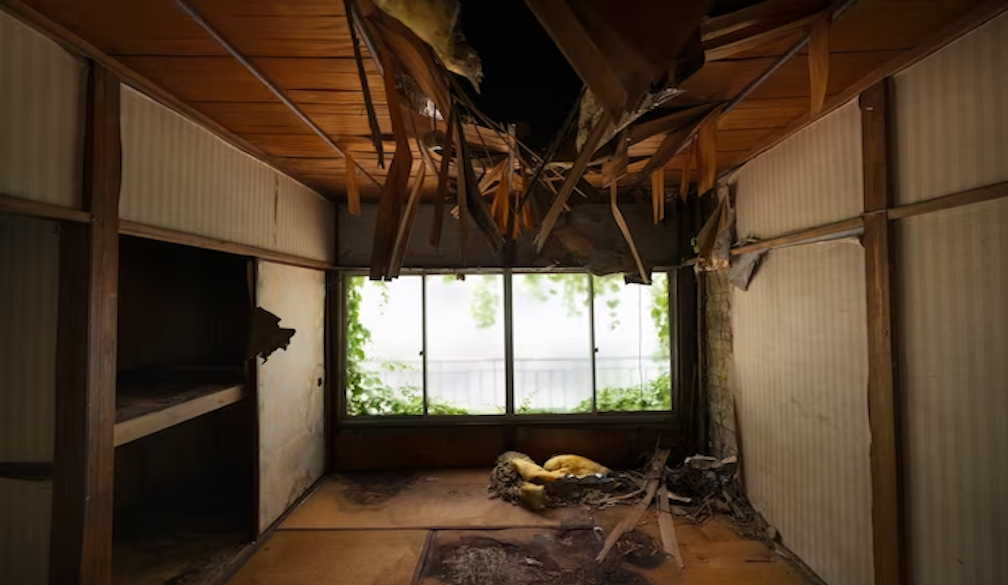Wet Basements, Causes and Restoration Tips

A wet basement can be a homeowner's nightmare, causing a plethora of issues ranging from structural damage to health hazards. Identifying the root causes and implementing effective restoration measures is crucial to safeguard your property and ensure a dry, healthy living space.
Here are the common causes of wet basements and provide practical tips on how to restore them with the help of plumbers around the North Shore.
Common Causes of Wet Basements
Poor Waterproofing: Inadequate waterproofing is a leading cause of basement moisture. Over time, external waterproofing barriers may degrade, allowing water to seep through foundation walls. Additionally, insufficient internal waterproofing, such as the absence of a proper vapor barrier, can contribute to dampness.
Restoration Tip: Invest in professional waterproofing solutions by contacting plumbers around the North Shore. Exterior waterproofing coatings and sealants can be applied to foundation walls, while interior waterproofing measures such as installing a vapor barrier can help manage moisture.
Poor Grading: Improper grading around the foundation can result in water pooling near the basement walls. This is especially problematic during heavy rainfall, as the accumulated water can penetrate the foundation and cause basement flooding.
Restoration Tip: Ensure that the ground slopes away from the foundation. Adding soil and adjusting the grade can redirect water flow and prevent it from accumulating near the basement walls.
Cracks in Foundation Walls: Foundation cracks, whether due to settlement, shrinkage, or external pressures, provide an easy entry point for water. These cracks can widen over time, exacerbating the moisture problem.
Restoration Tip: Seal foundation cracks using epoxy or polyurethane injections. For more extensive damage, consult with a professional foundation repair specialist who can assess and address the structural issues.
Poor Ventilation: Inadequate ventilation can contribute to high humidity levels in the basement, creating a conducive environment for mold growth. This is particularly common in basements with limited airflow.
Restoration Tip: Install proper ventilation systems, such as exhaust fans or dehumidifiers, to regulate humidity levels. Ensure good air circulation by keeping basement windows open when weather permits.
Leaking Pipes and Plumbing Issues: Undetected leaks from pipes or plumbing fixtures within the basement can contribute to persistent moisture problems. These leaks may go unnoticed for an extended period, causing gradual damage.
Restoration Tip: Regularly inspect and maintain plumbing systems. Fix any leaks promptly and consider installing water alarms or leak detection systems to detect issues early.
Hydrostatic Pressure: Excessive hydrostatic pressure from the water table surrounding the foundation can force water through cracks and gaps in the basement walls and floor.
Restoration Tip: Install a sump pump to manage excess water and reduce hydrostatic pressure. Consider installing a French drain system to redirect groundwater away from the foundation.
Professional Inspection and Assessment
While DIY measures can address some surface-level issues, it's crucial to enlist the expertise of professionals for a comprehensive inspection. Basement waterproofing specialists and structural engineers can identify hidden problems and recommend tailored solutions. Their assessments often include a thorough examination of the foundation, drainage systems, and potential vulnerabilities that may not be apparent to the untrained eye.
Exterior Excavation and Waterproofing
For severe cases of basement moisture, especially when foundation walls exhibit extensive damage, exterior excavation may be necessary. This involves excavating the soil around the foundation, exposing the walls for repairs and the application of a waterproof membrane. While a more invasive and costly approach, exterior waterproofing provides robust protection against water infiltration and ensures the longevity of your basement.
Interior Drainage Systems
Interior drainage systems, such as French drains and sump pumps, can effectively manage groundwater and alleviate hydrostatic pressure. A French drain consists of a perforated pipe installed along the interior perimeter of the basement, collecting and redirecting water to a sump pump. The sump pump then expels the water away from the foundation. These systems are particularly beneficial in areas with high water tables.
Basement Wall Sealants and Coatings
To fortify your basement against water intrusion, consider applying sealants and coatings to the interior walls. Waterproofing paints and sealants create a protective barrier, preventing moisture from penetrating the walls. While these solutions are not standalone fixes for significant issues, they can be effective as part of a comprehensive waterproofing strategy.
Conclusion
Addressing the root causes of wet basements requires a multi-faceted approach, combining both preventative measures and strategic interventions. By understanding the common culprits of basement moisture and implementing the appropriate restoration techniques, you can transform your damp basement into a dry, secure, and habitable space.
Remember, a proactive stance toward basement maintenance not only safeguards your property but also enhances its overall value. Regular inspections, timely repairs, and investment in professional solutions will pay dividends in the form of a dry and resilient basement, ensuring that your home remains a safe haven for years to come. Don't let basement moisture linger; take action today for a drier, healthier living environment.








